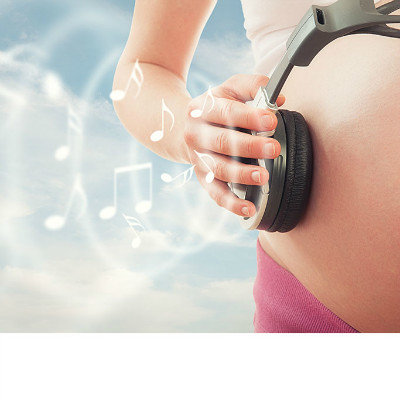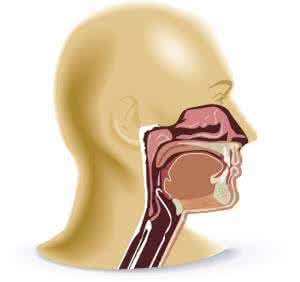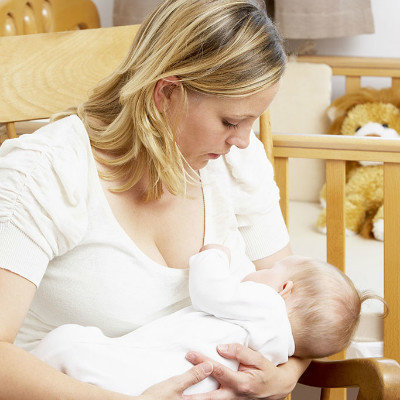How to see early pregnancy B ultrasound?
summary
Pregnancy often need to do B-ultrasound examination, B-ultrasound examination is a very popular and advanced diagnostic method, which is widely used in medical treatment. Its greatest advantages are no injury, no pain, no radiation, and high economic and diagnostic rate. At present, it is also one of the frequently used examination methods in obstetrics and Gynecology, which can check whether the fetus and placenta are normal. But I always don't know how to look at my baby when I get the B-ultrasound list. Now, here we will introduce you to see the method of B ultrasonic single.
How to see early pregnancy B ultrasound?
Fetal heart rate: with, strong for normal, no, weak for abnormal. The normal fetal heart rate is 120-160 beats per minute. Fetal sac: fetal sac is only seen in early pregnancy. Its size is about 2 cm in diameter at 1.5 months of gestation and 5 cm at 2.5 months of gestation. The position of fetal sac in the fundus, anterior wall, posterior wall, upper part and middle part of uterus is normal; The shape of round, oval and clear is normal; If the fetal sac is irregular, fuzzy, and located in the lower part, pregnant women with abdominal pain or vaginal bleeding, may have to abortion.

Fetal head: intact contour is normal, defect and deformation are abnormal, midline displacement and hydrocephalus are normal. BPD stands for biparietal diameter of fetal head, which should reach 9.3 cm or more at term. According to the general rule, after 5 months of pregnancy, it is basically consistent with the month of pregnancy, that is to say, the BPD is about 7.0 cm at 28 weeks of pregnancy (7 months), 8.0 cm at 32 weeks of pregnancy (8 months), and so on. After 8 months of pregnancy, the average weekly growth of about 0.2 cm is normal.

Placenta: the position of the placenta in the uterine wall; The normal thickness of placenta should be 2.5-5cm; Calcification can be divided into grade III on a report sheet. Grade I is the early stage of placental maturation, with homogeneous echo, which can be seen at 30-32 weeks of gestation; Grade II indicates that the placenta is nearly mature; Grade III indicates that the placenta is mature. The closer to full-term, the more mature the placenta, the more uneven echo.

matters needing attention
Natural pregnancy is a more common way, can effectively improve the physical and mental health of children, can effectively prevent the occurrence of fetal dysplasia, the best process of pregnancy should quit smoking and alcohol, so as to avoid the phenomenon of low pregnancy rate.














